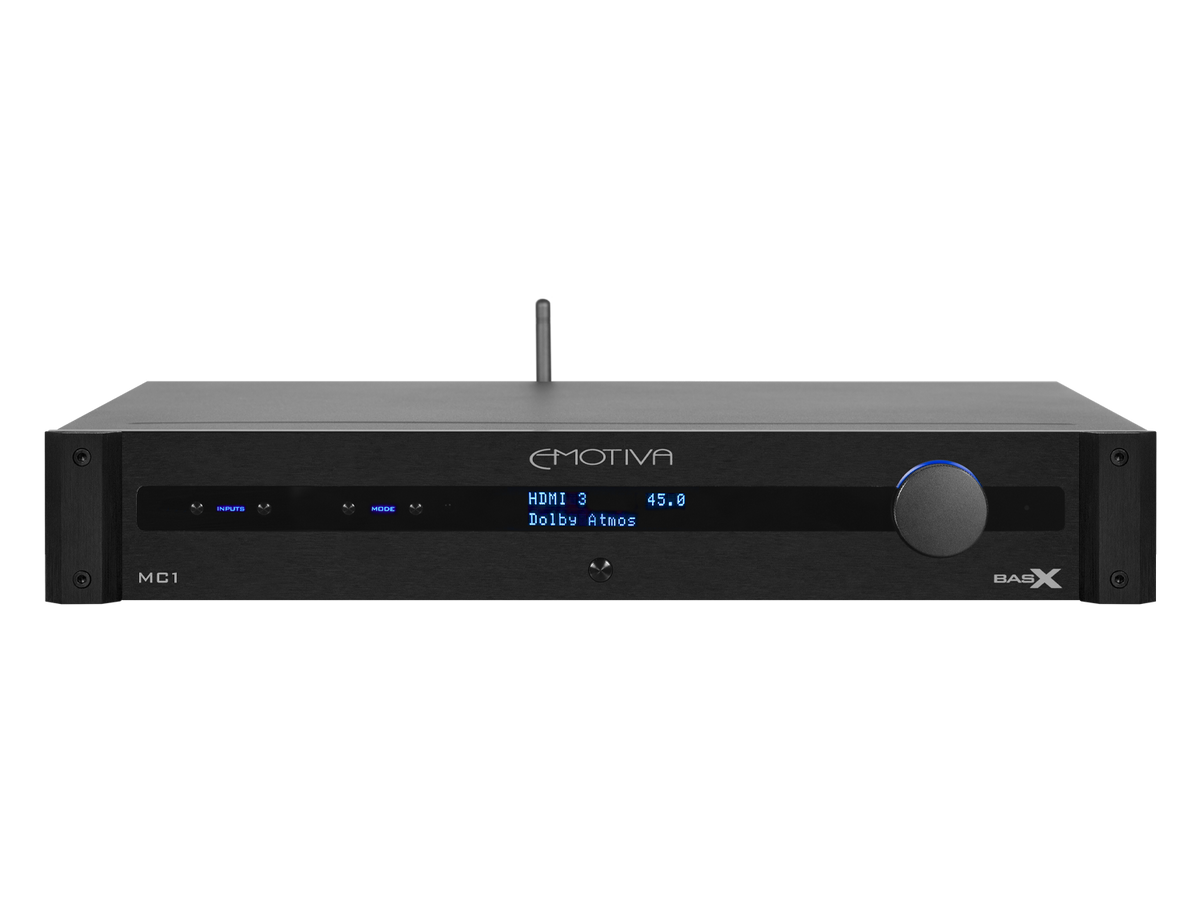AVRs typically have digitally controlled analog volume control so using SINAD / DR measurements at full output isn't indicative of residual noise at attenuated output levels. At lower output levels an analog volume control will provide lower noise than a digital volume control given the same full level dynamic range. This is why many use AVRs and don't report hiss issues. In addition, as mentioned by others, AVR SINAD is often dominated by distortion which is most less audible than noise.
Standalone DACs typically use digital volume control so need higher dynamic range to avoid hiss.
Using the analog output of an AVR into a miniDSP HTx would clearly result in more noise than just using the AVR itself, however I think such a system should still have acceptable noise performance. The noise at the output of the miniDSP will be a combination of noise from the AVR + ADC + DAC, therefore I think you will achieve the best noise performance by running the AVR at max volume into the ADC and using the miniDSP for volume control. As you lower the volume in the miniDSP, it will effectively attenuate the noise from the AVR and ADC.
A bit of quick modeling shows that if you are starting with an AVR that has 4V DR of 108 dB, after about 20 dB of attenuation in the miniDSP, the noise level will be very close to the noise level of the miniDSP DAC itself.
Of course, if you go the digital route into the miniDSP HTx with something like the Arvus, the only noise contribution will be from the miniDSP DAC.
Michael
Standalone DACs typically use digital volume control so need higher dynamic range to avoid hiss.
Using the analog output of an AVR into a miniDSP HTx would clearly result in more noise than just using the AVR itself, however I think such a system should still have acceptable noise performance. The noise at the output of the miniDSP will be a combination of noise from the AVR + ADC + DAC, therefore I think you will achieve the best noise performance by running the AVR at max volume into the ADC and using the miniDSP for volume control. As you lower the volume in the miniDSP, it will effectively attenuate the noise from the AVR and ADC.
A bit of quick modeling shows that if you are starting with an AVR that has 4V DR of 108 dB, after about 20 dB of attenuation in the miniDSP, the noise level will be very close to the noise level of the miniDSP DAC itself.
Of course, if you go the digital route into the miniDSP HTx with something like the Arvus, the only noise contribution will be from the miniDSP DAC.
Michael

